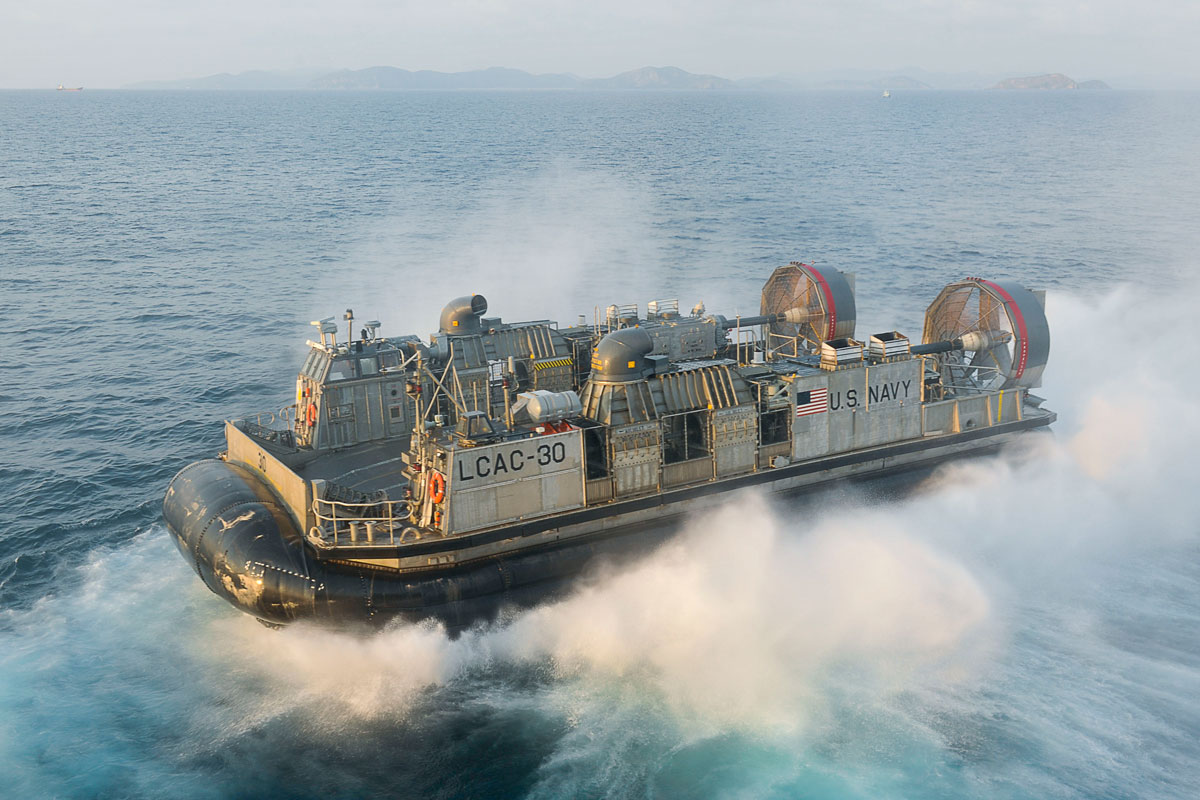
The SR-71 Blackbird Astro-Nav System (aka R2-D2): Seeing Stars in Daylight
Mounted behind the SR-71 Blackbird RSO’s cockpit, this unit, (that was affectionately dubbed “R2-D2” after the Star Wars movie came out in 1977) computed navigational fixes using stars sighted through the lens in the top of the unit.

The SR-71, unofficially known as the “Blackbird,” was a long-range, Mach 3+, strategic reconnaissance aircraft developed from the Lockheed A-12 and YF-12A aircraft.
The first flight of an SR-71 took place on Dec. 22, 1964, and the first SR-71 to enter service was delivered to the 4200th (later 9th) Strategic Reconnaissance Wing at Beale Air Force Base, Calif., in January 1966.
The Blackbird was in a different category from anything that had come before. “Everything had to be invented. Everything,” Skunk Works legendary aircraft designer Kelly Johnson recalled in an interesting article appeared on Lockheed Martin website.
Experience gained from the A-12 program convinced the US Air Force that flying the SR-71 safely required two crew members, a pilot and a Reconnaissance Systems Officer (RSO). The RSO operated with the wide array of monitoring and defensive systems installed on the airplane. This equipment included a sophisticated Electronic Counter Measures (ECM) system that could jam most acquisition and targeting radar and the Nortronics NAS-14V2 Astroinertial Navigation System (ANS).

According to the Smithsonian Institution website, the ANS provided rapid celestial navigation fixes for the SR-71.
Mounted behind the SR-71 RSO’s cockpit, this unit (that was affectionately dubbed “R2-D2” after the Star Wars movie came out in 1977), computed navigational fixes using stars sighted through the lens in the top of the unit. These fixes were used to update the inertial navigation system and provided course guidance with an accuracy of at least 90 meters (300 feet). Some current aircraft and missile systems use improved versions as a backup to GPS.
About the ANS RSOs were known to say, “no one can jam or shoot down the sun, the moon, the planets or the stars.”
Piloting the Blackbird was an unforgiving endeavor, demanding total concentration. But pilots were giddy with their complex, adrenaline-fueled responsibilities. “At 85,000 feet and Mach 3, it was almost a religious experience,” said Air Force Colonel Jim Watkins. “Nothing had prepared me to fly that fast… My God, even now, I get goose bumps remembering.”

But once the SR-71 reached cruising speed and altitude, it was time to focus on the mission, which was to collect information about hostile and potentially hostile nations using cameras and sensors. The pilot’s job was to handle the aircraft and watch over the automatic systems to make sure they were doing their jobs properly. Meanwhile, the RSO handled the cameras, sensors, and the all-important ANS. The ANS was the 1960’s version of GPS, but instead of using satellites to locate itself, the ANS used the stars. This is because before the invention of the modern satnav networks there wasn’t a way to navigate the SR-71 in the areas where it operated. The SR-71 needed to be able to fix its position within 1,885 feet (575 m) and within 300 ft (91 m) of the center of its flight path while traveling at high speeds for up to ten hours in the air.
The ANS provided specific pinpoint targets located in hostile territory. It was a Gyro compass that was able to sense the rotation of the earth, while still on the runway before the SR-71 would take off. The RSO could use his coordinates of the spot ….of one place …on the runway …then read of the ANS. They were almost always exactly the same. Not always were the same stars were used on every mission, as they used the stars depending on what part of the world they were going to fly to. If flying in the southern hemisphere* they used only the stars that were seen there.

On Jul. 2, 1967 Blackbird crew Jim Watkins and Dave Dempster flew the first international sortie in SR-71A #17972 when the ANS failed on a training mission and they accidentally flew in to Mexican airspace.
The ANS works by tracking at least two stars at a time listed in an onboard catalog, and with the aid of a chronometer, calculates a fix of the SR-71 over the ground. It was programmed before each flight and the aircraft’s primary alignment and the flight plan was recorded on a punched tape that told the aircraft where to go, when to turn, and when to turn the sensors on and off. The stars were sighted through a special quartz window (located behind the RSO cockpit) and there was a special star tracker that could see the stars even in daylight.




